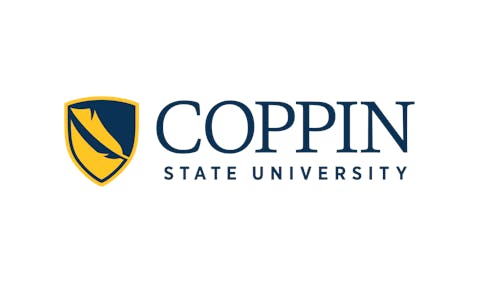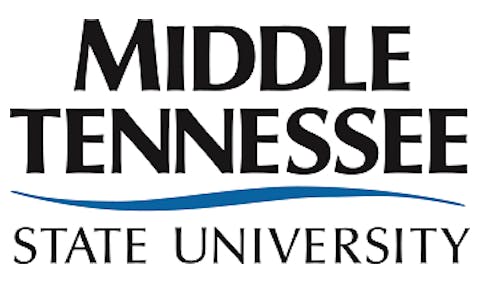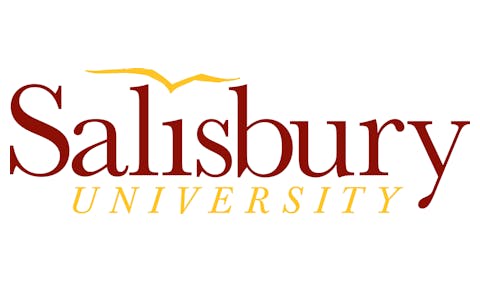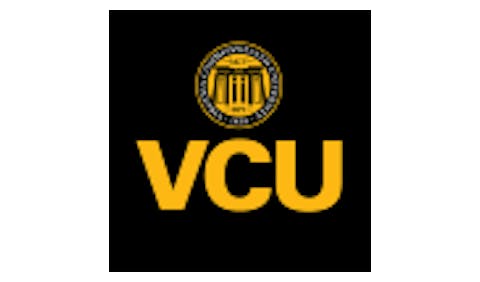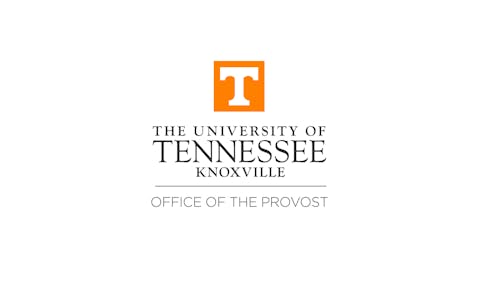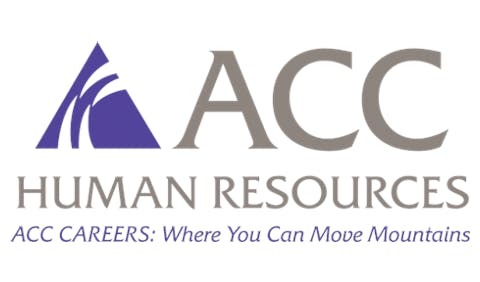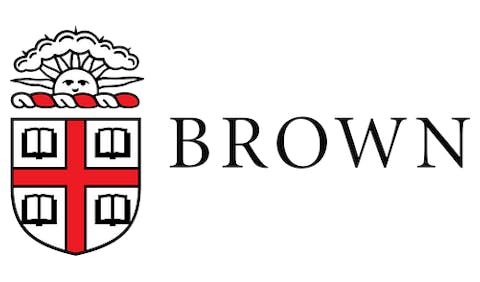A recent Lumina–Gallup poll offers a rare piece of good news: public confidence in higher education has ticked up from a recent low of 36% to 43%. While the rebound is modest, it breaks a years-long narrative of decline, and it’s worth asking: What is driving renewed trust?
 Drs. Julie Posselt and Adrianna Kezar
Drs. Julie Posselt and Adrianna Kezar
At the USC Rossier School of Education, this belief is guiding our next chapter. This month, we are merging the Pullias Center for Higher Education and the Center for Enrollment Research, Policy and Practice. Working collectively under the Pullias banner thanks to the generous bequest of the Earl and Pauline Pullias family, we are coming together to propel learning across decades of experience in research-practice partnerships.
The teams in our centers work with community colleges, school districts, nonprofits, businesses, government agencies, state higher education systems, and national associations. Though we love theory work as much as the next professors, we know theory’s greatest power is realized when tested and applied in the real world, in partnership with the communities we serve.
Take the USC College Advising Corps. Through partnerships with public high schools across Los Angeles County, we place nearly 40 trained college advisers per year, most of them recent college graduates from across Southern California, into underresourced high schools. The result has been to support 10,000 high school seniors annually, with more than 88,000 first-generation, low-income, and underrepresented students helped since the program began more than a decade ago. This is the kind of scale, innovation, and equity-driven practice that the public recognizes and values.
Our work to date and going forward will be defined as much by our approach. We partner with communities, connecting research directly to policy and practice to innovate on the systems that shape student access and success, from high school through graduate education and into the workforce. This work often means capacity building, institutional improvement, and student-centered design—not in theory alone, but in practice, in partnership, and at scale.
Look around and you’ll find many more examples of people and organizations who inspire not just through individual excellence but also by deepening wells of mutual support and mutual investment. There are longstanding national examples such as Campus Compact, which brought together college presidents across the country to sign a declaration and create an organization focused on civic engagement; they have sponsored collaborative responses to crises and offer faculty development. That kind of solidarity is not typical, but to our minds it is increasingly valuable.
Benjamin Franklin warned at the signing of the Declaration of Independence, “We must all hang together, or most assuredly we shall all hang separately.” His words are as relevant to higher education today as it was to the Continental Congress. Our sector’s future depends on resisting the pull toward isolation and polarization, and instead modeling connection, mutual support, and shared purpose.
In a year certain to bring challenges, higher education must lead not from the top of the ivory tower, but from within networks of trust we build with the communities around us—of professionals and publics. For us, merging our centers is just one example of the belief that we are stronger together—intellectually, financially, and in service of the public good. We welcome connecting with you through your stories and examples of the same.
____________
Drs. Julie Posselt and Adrianna Kezar are Co-Directors of the Pullias Center for Higher Education at University of Southern California.









